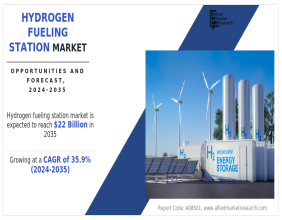Highlights
- Blackstone’s dividend payout exceeded its reported profit in the most recent year.
- Earnings have remained flat over an extended period despite consistent dividend distributions.
- High payout ratios raise concerns about long-term dividend sustainability.
Blackstone Inc. (NYSE:BX) operates in the alternative asset management sector, overseeing private equity, real estate, credit, and hedge fund strategies. As one of the largest firms of its kind, Blackstone manages assets on behalf of institutional and individual clients globally. The firm is widely recognized for its role in complex transactions and its structured approach to asset management across cycles.
One of Blackstone’s core features has been its regular capital return in the form of dividends. However, understanding how those dividends are supported by earnings performance provides additional context on their sustainability.
Dividend Distribution Relative to Earnings
In the most recent fiscal year, Blackstone’s dividend payouts surpassed its reported profit. When dividend distributions exceed net income, questions emerge about the capacity to maintain those payments without affecting operational efficiency or future flexibility. While this pattern may be acceptable in select cases, ongoing high distribution ratios can strain financial stability, especially if earnings remain unchanged or decline.
This raises important considerations regarding the balance between shareholder returns and earnings retention.
Flat Earnings Over Multi-Year Period
Over the past several years, Blackstone’s earnings performance has remained flat, showing minimal growth across reporting periods. While consistency is preferable to volatility, the lack of upward momentum in earnings places a natural limit on expansion in dividend payments unless offset by other capital sources.
Flat earnings trends may not align well with a dividend strategy that requires rising distributions or high payout maintenance, as this model becomes increasingly dependent on reserves or capital market activity.
Dividend History and Future Allocation
Despite its earnings stagnation, Blackstone has continued to issue dividends over an extended period. The firm’s commitment to maintaining these distributions suggests an emphasis on capital return as part of its shareholder engagement framework. However, this has resulted in a high payout ratio that limits retained earnings, potentially affecting future investment or reinvestment capacity.
Projections indicate that the dividend distribution rate is expected to remain relatively high, even if profitability improves. This alignment may reflect current policies but leaves limited room for structural growth if market conditions shift.
Evaluation of Dividend Stability
The current combination of flat earnings, high payout ratios, and a focus on shareholder distributions places attention on dividend sustainability. While Blackstone maintains its reputation as a leader in asset management, the long-term viability of maintaining this structure may rely on earnings acceleration or changes in allocation strategy.
Without notable change in income trends, high payout levels may eventually prompt reassessments, particularly in scenarios of market contraction or operational shifts.




